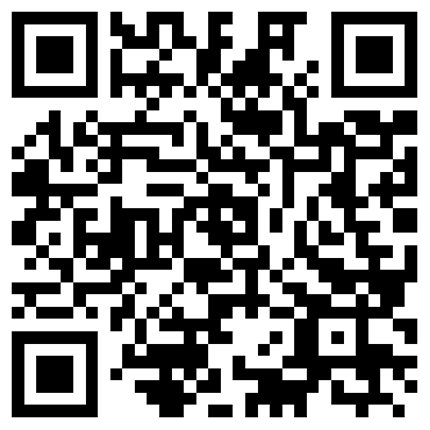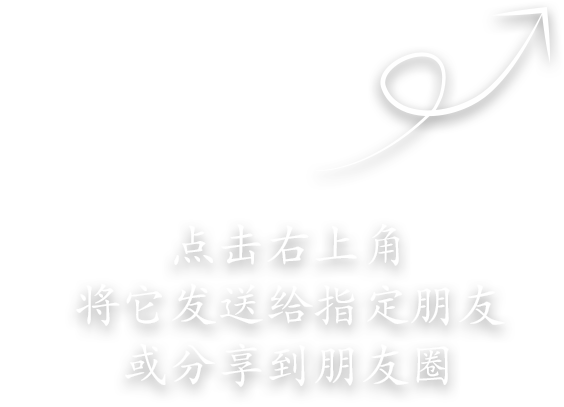
In the Philippines, the PS (Product Standards) certification is managed by the Bureau of Product Standards (BPS) under the Department of Trade and Industry. It aims to ensure product safety and compliance with national standards. This certification applies to a range of products, including household appliances, construction materials, and children's toys. Below are the key steps for obtaining PS certification:
Determine Product Category and Requirements
Identify whether the product requires mandatory PS certification. While not all products need it, most items involving consumer safety or environmental protection must be certified.
Review relevant Philippine National Standards (PNS) or international standards (e.g., IEC, ISO) applicable to the product.
Select a Certified Testing Laboratory
Choose a BPS-accredited third-party laboratory for product testing and evaluation. The laboratory will verify compliance with Philippine safety and performance standards.
Submit Application and Documents
Submit the application to BPS or the accredited laboratory, along with required documents such as technical specifications, test reports (if available), manufacturing processes, and product details (e.g., design, materials, usage instructions).
Product Testing and Evaluation
The accredited laboratory will conduct tests (e.g., electrical safety, mechanical performance, material recyclability) to verify compliance with PNS. If the product meets standards, the laboratory will issue a test report and recommend PS certification.
Factory Audit (if applicable)
BPS may conduct an on-site audit of the manufacturing facility to ensure quality control processes align with standards. This includes inspecting production facilities and reviewing relevant records.
Approval and PS Marking
Once the product passes all tests and requirements, BPS grants the PS certification. Approved products may display the PS mark on packaging or labels, indicating compliance with Philippine safety and quality standards.


